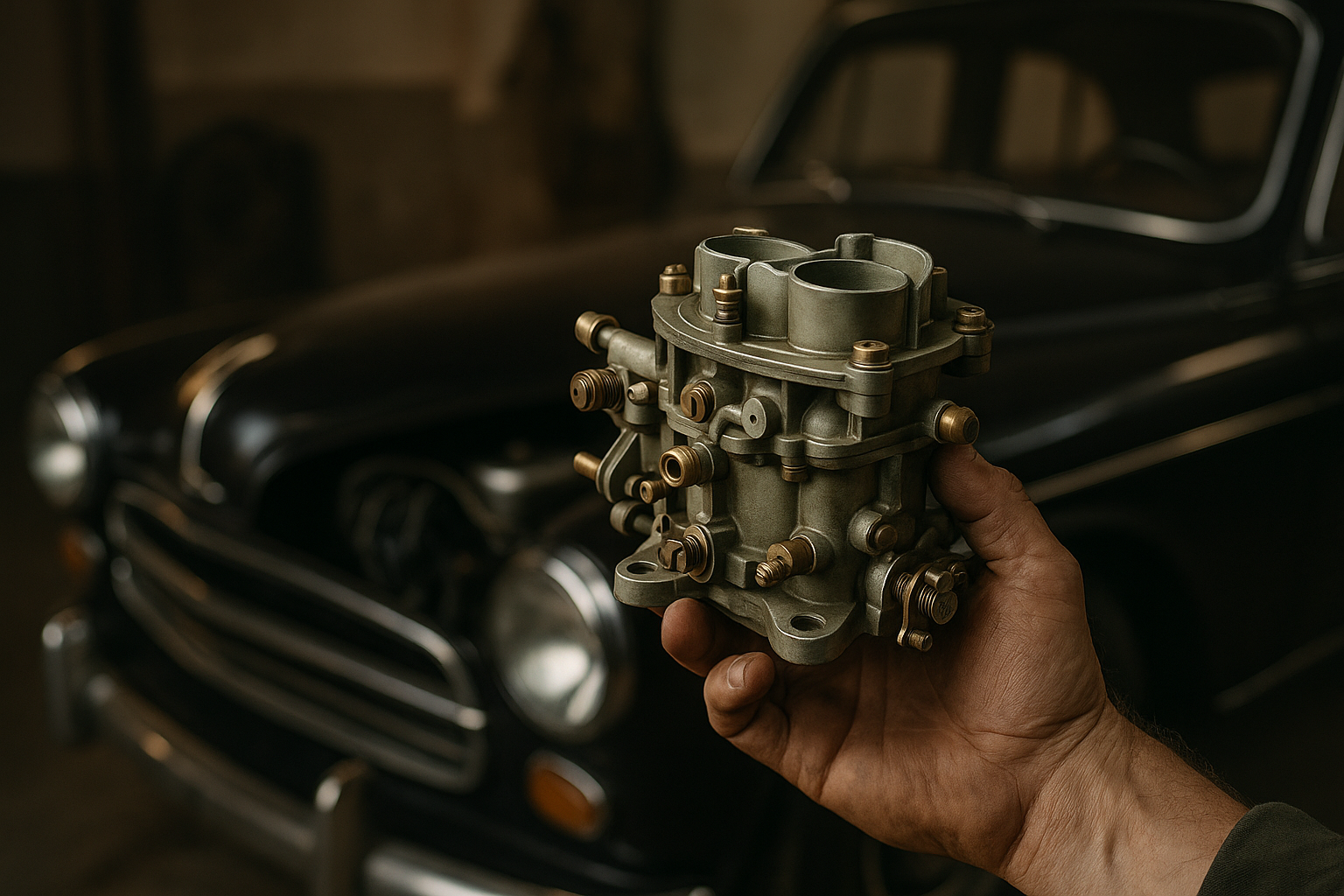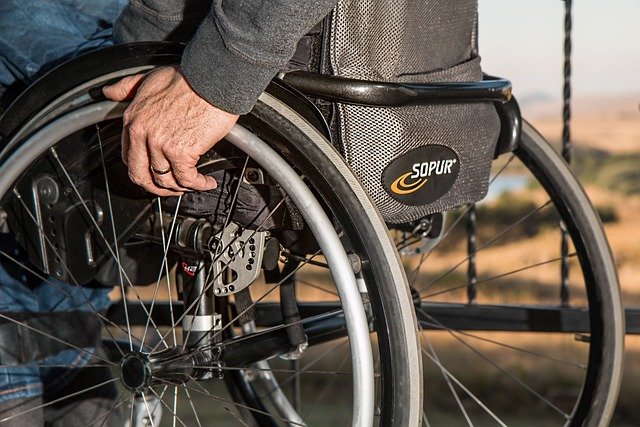Willys Jeep for Sale — Practical Guide to Buying, Inspecting, and Restoring Classic Willys Vehicles
The Willys Jeep represents an iconic chapter in automotive and military history, capturing the imagination of collectors, enthusiasts, and restoration hobbyists worldwide. These rugged vehicles, originally designed for military use during World War II, have evolved into highly sought-after classics that combine historical significance with practical off-road capability. Whether you're a first-time buyer or an experienced collector, understanding the nuances of purchasing, inspecting, and restoring a Willys Jeep is essential to making an informed investment and enjoying years of rewarding ownership.

Purchasing a Willys Jeep requires careful consideration of various factors, from understanding the different models and their historical context to evaluating condition, negotiating fair prices, and planning for restoration and ongoing maintenance. This guide provides practical insights into each stage of the buying process, helping you navigate the classic vehicle market with confidence.
Understanding Willys Jeep Models and History
The Willys Jeep lineage began in 1941 when Willys-Overland Motors won the contract to produce the military MB model for the U.S. Army. These vehicles became legendary for their durability, simplicity, and versatility during World War II. After the war, Willys introduced the CJ (Civilian Jeep) series, starting with the CJ-2A in 1945, followed by the CJ-3A, CJ-3B, CJ-5, and later models through the 1980s. Each iteration brought improvements in comfort, power, and features while maintaining the core ruggedness that defined the brand. Military models like the MB and M38 are particularly prized by collectors for their historical significance. Understanding which model suits your interests—whether a wartime MB, a post-war CJ-2A, or a later CJ-5—helps narrow your search and set realistic expectations for availability, condition, and cost.
Where to Find Willys Jeeps for Sale
Finding a Willys Jeep requires patience and resourcefulness. Online marketplaces such as specialized classic car websites, auction platforms, and enthusiast forums are excellent starting points. Websites dedicated to vintage military vehicles often feature Willys models with detailed descriptions and photographs. Local classified ads, estate sales, and farm auctions can yield unexpected finds, particularly in rural areas where these vehicles were commonly used. Joining Willys Jeep clubs and attending classic car shows provides networking opportunities with owners who may know of vehicles for sale or be considering selling their own. International sellers also list Willys Jeeps, though importing involves additional costs and paperwork. Establishing relationships within the enthusiast community increases your chances of finding well-maintained examples before they reach the broader market.
Evaluating Condition: Key Inspection Checklist
Thoroughly inspecting a Willys Jeep before purchase is critical, as restoration costs can quickly escalate if major issues are overlooked. Begin by examining the frame and body for rust, which is common in these steel-bodied vehicles, especially around floor panels, body mounts, and the rear crossmember. Check for previous repairs or modifications that may affect authenticity or structural integrity. Inspect the engine and drivetrain for leaks, unusual noises, and smooth operation. Original engines are highly valued, but many have been replaced or rebuilt over the decades. Test the transmission, transfer case, and axles during a test drive, paying attention to shifting quality and differential noise. Electrical systems in older Jeeps are simple but can be problematic if wiring has deteriorated. Examine tires, brakes, and suspension components for wear and functionality. Documentation such as service records, title history, and provenance adds value and confidence. If you lack mechanical expertise, hiring a qualified inspector familiar with vintage vehicles is a worthwhile investment.
Pricing, Valuation, and Negotiation Tips
Willys Jeep values vary significantly based on model, year, condition, originality, and market demand. Military MB models in restored condition can command premium prices, while project vehicles requiring extensive work are more affordable. Civilian CJ models span a broad price range depending on their era and completeness. Researching recent sales through auction results, classic car valuation guides, and online marketplaces provides a realistic baseline. Condition is the primary value driver—fully restored, numbers-matching examples with original components are worth substantially more than incomplete or heavily modified vehicles. When negotiating, use inspection findings to justify price adjustments, particularly if rust, mechanical issues, or missing parts are discovered. Be prepared to walk away if the asking price exceeds fair market value or if the seller is unwilling to negotiate reasonably. Building rapport and demonstrating genuine interest can sometimes lead to better terms.
| Model/Condition | Typical Price Range | Notes |
|---|---|---|
| MB Military (Project) | 8,000 - 18,000 USD | Requires restoration, incomplete |
| MB Military (Restored) | 25,000 - 50,000+ USD | Fully restored, original components |
| CJ-2A (Good Condition) | 12,000 - 25,000 USD | Running, some wear, usable |
| CJ-3A/3B (Restored) | 18,000 - 35,000 USD | Well-maintained, original features |
| CJ-5 (Driver Quality) | 8,000 - 20,000 USD | Daily driver, functional, minor issues |
Prices, rates, or cost estimates mentioned in this article are based on the latest available information but may change over time. Independent research is advised before making financial decisions.
Restoration, Parts Availability, and Ownership Costs
Restoring a Willys Jeep can be a rewarding project, but it requires realistic budgeting and planning. Parts availability is generally good, with numerous suppliers specializing in reproduction and original components for popular models like the MB, CJ-2A, and CJ-3A. Rarer models may require more extensive searching or custom fabrication. Costs vary widely depending on the scope of restoration—basic mechanical refurbishment may cost several thousand dollars, while a full frame-off restoration can exceed tens of thousands. Labor costs are significant if you hire professionals, so many enthusiasts tackle portions of the work themselves to manage expenses. Ongoing ownership costs include maintenance, insurance, storage, and occasional repairs. Vintage vehicles typically require more frequent attention than modern cars, and sourcing parts may take time. Joining enthusiast communities provides access to technical advice, parts sources, and shared experiences that can reduce costs and improve restoration outcomes. Setting a clear budget and timeline before beginning helps avoid project fatigue and financial overruns.
Ownership Experience and Community Support
Owning a Willys Jeep connects you to a vibrant global community of enthusiasts who share technical knowledge, restoration tips, and camaraderie. Clubs and online forums offer invaluable resources for troubleshooting, sourcing parts, and finding service providers experienced with vintage vehicles. Many owners participate in rallies, parades, and historical reenactments, celebrating the Jeep’s military heritage and cultural impact. The simplicity of Willys Jeeps makes them accessible for hands-on owners willing to learn basic maintenance and repair skills. While not suited for daily commuting due to their age and limited comfort, these vehicles excel in off-road recreation, show events, and leisurely drives. The pride of preserving an important piece of automotive history and the satisfaction of driving a vehicle that played a pivotal role in world events make Willys Jeep ownership uniquely fulfilling.
Purchasing and restoring a Willys Jeep is a journey that combines historical appreciation, mechanical skill, and community engagement. By understanding the models, conducting thorough inspections, negotiating wisely, and planning for restoration and maintenance, you can enjoy the rewards of owning one of the most iconic vehicles ever produced. Whether your goal is preservation, recreation, or investment, the Willys Jeep offers a timeless connection to the past and endless opportunities for adventure.




